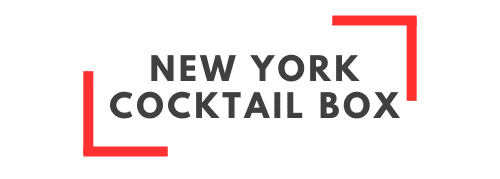How to create a simple bot with Google Dialogflow ?

These days, chatbots have become important communication tools in the technology sector. Whether for customer support, task management or user interaction, chatbots offer an effective solution for automating exchanges. Google Dialogflow is one of the most popular platforms for creating chatbots, thanks to its ease of use and advanced features. This step-by-step guide shows you how to create a simple bot with Google Dialogflow.
Introduction to Google Dialogflow
Formerly known as API.ai, Google Dialogflow is a cloud-based chatbot development platform. Like the Botnation platform, Google Dialogflow offers powerful tools for creating natural conversation interfaces. This enables developers to design chatbots capable of understanding and responding to user queries intelligently.
A lire aussi : Trends in cybersecurity
Creating a Dialogflow project
The first step in creating a bot with Dialogflow is to create a project on the Google Cloud platform. Once you have logged in to your Google Cloud account, you can access the Dialogflow console and create a new project. You can choose a name for your project and select the region where you want to deploy it.
Creating the agent
Once the project has been created, you can start to create your agent. An agent in Dialogflow is the entity responsible for understanding and processing user messages. You can define intents, which represent the actions that your bot can understand, and entities, which represent the elements on which your bot can act.
Lire également : How to support students with chatbots ?
Once your agent has been created, you can access its parameters to configure it according to your needs. You can set parameters such as the default language, time zone, session tokens, etc. Be sure to review these settings and adjust them according to your project specifications.
Defining intentions
Intents are actions that your bot can understand and respond to. For example, if your bot is intended for a customer support service, you can create intents such as "Ask for help", "Ask a question", "Ask for information", and so on. For each intent, you can define examples of phrases that users might say to trigger that intent.
In other words, for each use case identified, you need to create an intent in Dialogflow. Give it a meaningful name that describes the action the user wants to perform. For example, if your bot provides information about the weather, you could create an intent called "Get the weather
Configuring responses
Once you've defined the intentions, you need to configure the responses that your bot will send back to users. You can use pre-defined static responses or integrate dynamic responses by calling external APIs or using webhooks. To do this, you can use the "Responses" tab in the Dialogflow console to add and edit responses for each intent.
Training and testing
Once your agent is configured, you need to train it by providing it with sample conversations. This allows Dialogflow to improve its ability to understand user requests and generate appropriate responses. You can also test your agent by simulating conversations to ensure that it works as expected.
Deployment
Once your bot is ready, you can deploy it so that it is accessible to users. Dialogflow offers several deployment options, basically integration into mobile applications, websites, instant messaging platforms such as Facebook Messenger, Slack, etc. To integrate your bot with one of these platforms, go to the "Integrations" tab in the Dialogflow console and follow the instructions specific to the platform you wish to use.
However, if you plan to integrate your bot into a mobile application or website, you can use Dialogflow's APIs to communicate with your agent. Dialogflow provides SDKs for various programming languages such as Node.js, Python, Java, etc. You can use these SDKs to integrate your bot into your application or website.
Analysis and continuous improvement
Once your bot is in production, it is important to monitor its performance and analyse user interactions. Dialogflow offers advanced analysis tools that allow you to track key metrics such as the success rate of requests, average response time, and so on. Based on user feedback and analysis data, you can make adjustments to your agent to continually improve its efficiency and usefulness.
In summary, creating a simple bot with Google Dialogflow is a relatively straightforward and intuitive process, even for novice developers. By following the steps outlined in this guide, you'll be able to design and deploy a functional bot that can automate user interactions and deliver an enhanced user experience.
